As part of the Hidden London tours of wonderful abandoned stations around London, I was lucky enough to jump on one of the practice tours of the hidden and abandoned pieces of Charing Cross underground station. Most of Charing Cross is still in operation, but this tour into one of the most complex station assemblies on the network displays an incredible treasure trove of wealth – including standing on top of a tube train, traveling through ventilation shafts, wandering down a freezing cold abandoned platform and playing Bond for an afternoon.
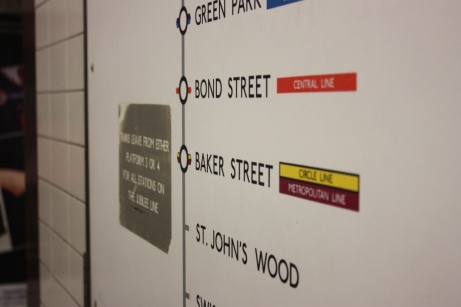
First, some history
The concept of Charing Cross tube station has been one that has changed quite a lot over the years. In fact – the original Charing Cross tube station is now a fully-fledged station of it’s own, now called Embankment. The platforms and lines that make up Charing Cross today are the former platforms and lines of two separate stations – Strand station on the Northern Line and Trafalgar Square on the Bakerloo Line.
The original Charing Cross station was opened on the 30th of May 1870 and was served by what was then the Metropolitan District Railway (today’s District Line.) In 1872 most of what we today know as the Circle Line came into operation and Charing Cross was the name of the station served by the District and Circle lines for the next few years.
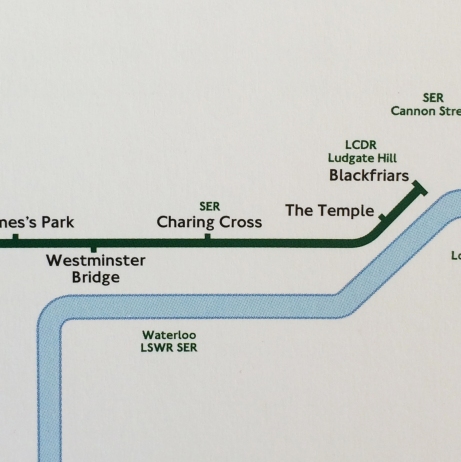
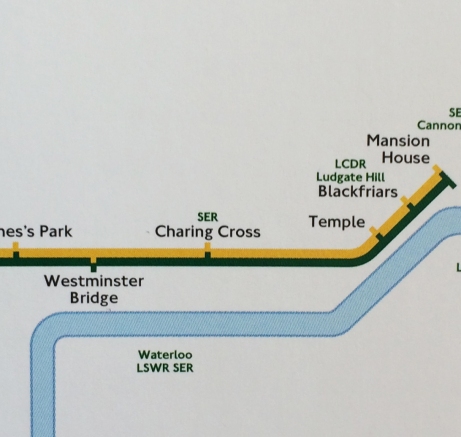
Meanwhile, the underground was growing rapidly. In 1906 the Bakerloo line was opened and on March 10th 1906 Trafalgar Square station was opened. The line also carried through from Trafalgar Square down to Charing Cross. Maps suggest that the Bakerloo portion of the station was at the time considered to be a slightly different station with a connection similar to that of Bank-Monument. The Bakerloo stop is at this point referred to as Embankment and seems to be directly connected to the Charing Cross District and Circle Lines.
The next year a tube line then named the Hampstead Tube / Charing Cross, Euston & Hampstead Railway (part of today’s Northern Line) was opened and terminated at a new station named Charing Cross, which opened on June 22nd, 1907.
At the end of 1910, this hodgepodge of lines had four stations within walking distance, as below:
Charing Cross (Hampstead Tube [Northern Line])
Charing Cross (Metropolitan District Railway and Inner Circle [District and Circle Lines])
Embankment (Bakerloo Line)
Trafalgar Square (Bakerloo Line)

It got a little messy, so over the following years some name changes were introduced. In 1914 Charing Cross (District and Circle) and Embankment (Bakerloo) were merged and the Hampstead Tube had been extended to this new super station that was simply called Charing Cross (Embankment.)
The ‘original’ Northern Line Charing Cross station was renamed Charing Cross (Strand) but in 1915 things were still a bit messy, and the station names were then changed again. Charing Cross (Embankment) became Charing Cross. Charing Cross (Strand) became simply Strand. Trafalgar Square station had no time for this nonsense and stayed Trafalgar Square.
This gives us:
Charing Cross – District, Circle, Bakerloo and Northern Lines
Strand – Northern Line
Trafalgar Square – Bakerloo Line

This worked for a while, but in the 1970s the imminent arrival of the new Jubilee line led to some more shifting and changing. In 1974 Charing Cross became Charing Cross Embankment before changing to simply Embankment in 1976. In the late seventies, Strand station closed while Trafalgar Square was briefly Charing Cross for Trafalgar Square. On May 1 1979, the new Charing Cross station opened which combined the Bakerloo line platforms of Trafalgar Square station, the re-built Northern line platforms of Strand station and the new Jubilee line platforms – giving us the below two stations:
Charing Cross (Bakerloo, Northern and Jubilee Lines)
Embankment (District, Circle, Bakerloo and Northern Lines)
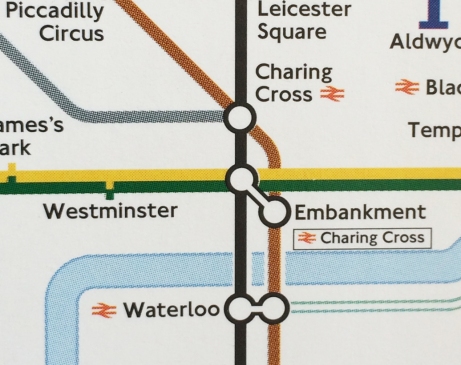
In the 1990s, the Jubilee line was extended out to Greenwich and Stratford, but in order to do so, the line had to turn off before reaching Charing Cross. In 1999, just 20 years after it opened, the Jubilee line was redirected from Charing Cross and the newly built platforms ceased to be in use.
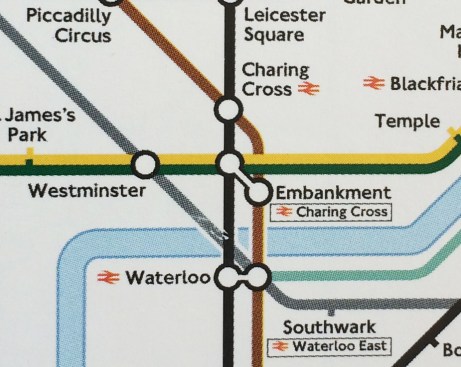
Got that?
Good.
This varied approach to station creating has led to a very interesting station layout for what we know today as Charing Cross underground station. The station has incredible ventilation chambers, connections and abandoned platforms on which a variety of films are shot today (including, most notoriously, the James Bond film Skyfall.)
Hidden London offer a brilliant tour of the station and there’s a lot of fun to be had in diving in and out of the ‘backstage’ area of the station whilst bemused commuters look on. It’s shocking how many things are hiding behind the unassuming walls of the passenger tunnels. The tour guides are exceptionally knowledgeable and passionate about the subject matter – and to be honest, they are having just as much fun as the team of happy hi-vis visitors they are leading around the tunnels.
Here’s what we saw on our tour:
The abandoned platforms with their old signage and directions.
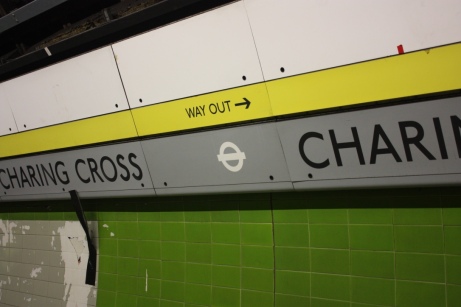
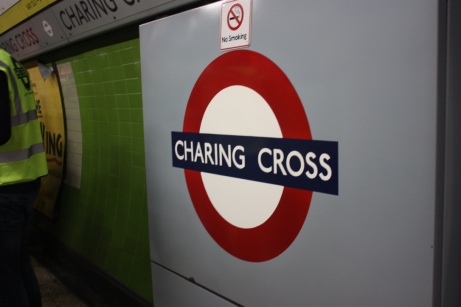
One platform, the below one, is drastically more eerie than the other. This is owing to most of the ceiling being removed, opening it to the ventilation shafts and allowing cold air to blow in.
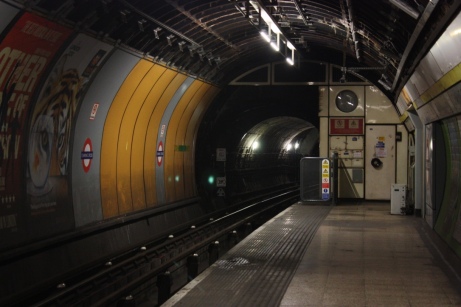
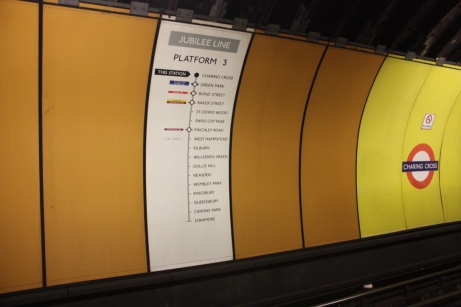
The Bond Bits.
Hidden London are quite clever – they know people want to know about Bond. Here are the bits relating to him. The escalators below are the ones he ‘slid’ down in the chase scene (note the ‘stand on the right’ signs having been removed!)
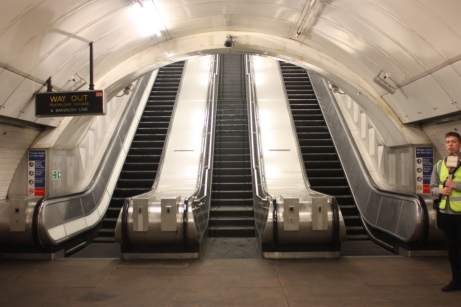
The tunnels he ran through
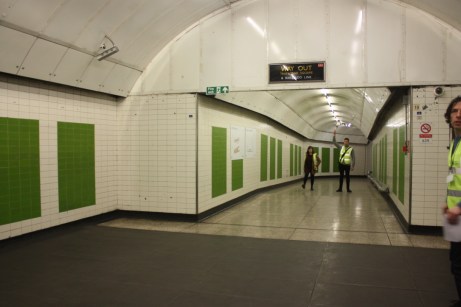

The ventilation shaft Bond climbs down during the chase.
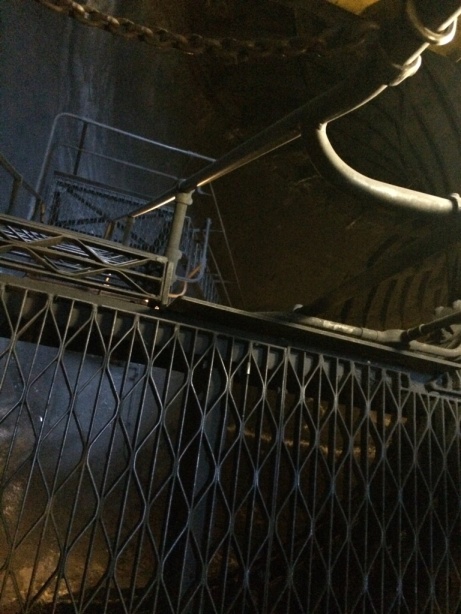
Interestingly, for this movie the producers needed to pretend this station was actually on the District and Circle line (which pissed off the majority of knowing Londoners, but I digress) and films are meant to return the station in original condition – but somehow this sign, which was installed for the movie, remained after filming stopped. Meaning that after all the above about Charing Cross’s history, in 100 years Time Team are going to uncover this sign and have their minds absolutely blown about how the whole Charing Cross/Embankment thing worked.
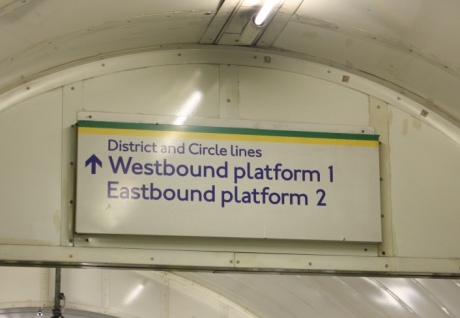
The tour also takes you into the old construction tunnels for the Jubilee line. These tunnels allowed materials and rubble to be taken in and out of the underground construction site. It’s quite a long tunnel – the old exit is under what is now the Sainsbury wing of the National Gallery! The tunnel does a lot of snaking out there in order to avoid going under Nelson’s column.
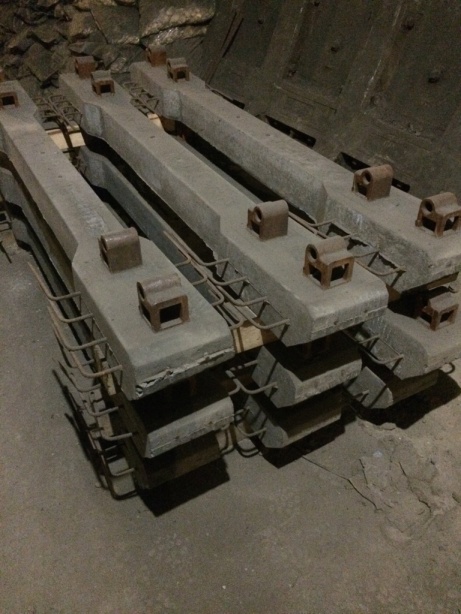
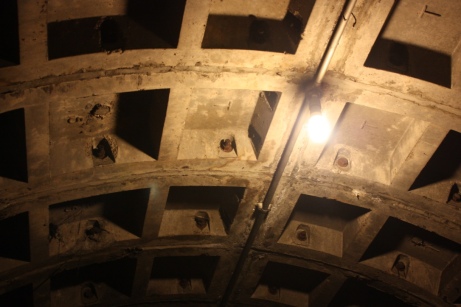
A favourite part of the tour for me was going into the ventilation tunnels and actually getting to stand on a grate over the regular Northern Line trains.
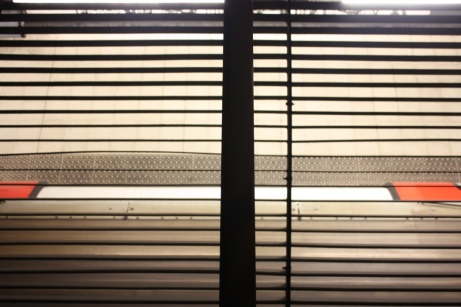
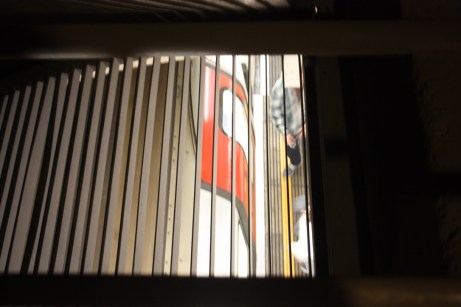
It was a brilliant day out, made even better (if possible) by these brilliant vests we got to wear.
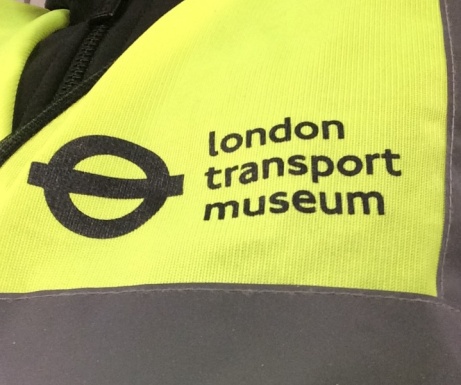
For future Hidden London events in association with the brilliant London Transport Museum, check out their website here.
